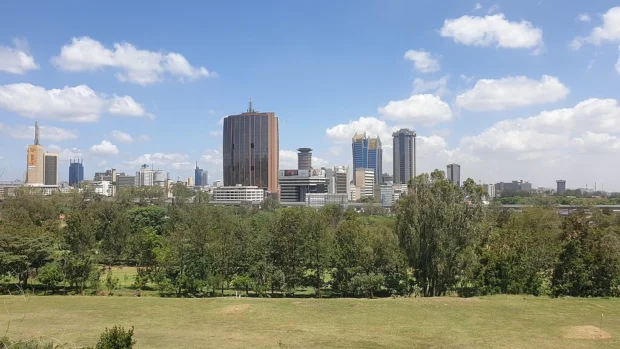Nairobi is a city of contrasts and colors where modern high-rises stand beside lively markets. If you want to feel the heart of Kenya’s capital, you will find it in its busy streets, the sounds of Swahili mixed with other African languages, and the aroma of spices from roadside stalls. Nairobi offers many special places to see, tastes to try, and stories to hear, all wrapped in a warm, welcoming spirit. This city is not just a stopover but a place that stays in your memory long after you leave.
Table of Contents
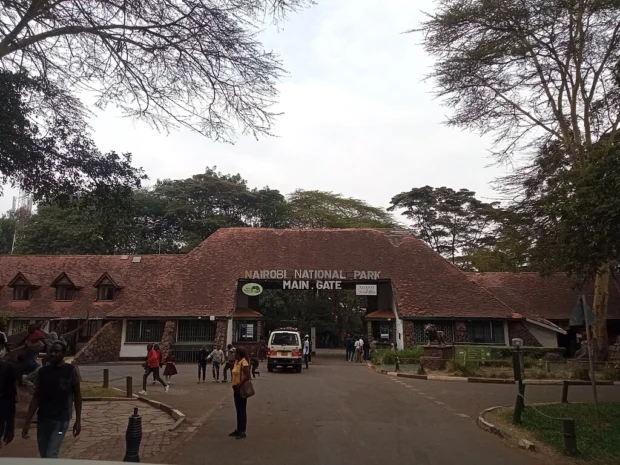
Winding Through Nairobi’s Famous Places
At the city center, you’ll notice the bustling Kenyatta Avenue with its tall buildings and busy shops. But the true soul of Nairobi beats in spots like the Nairobi National Park, a green space where lions might cross your path with the city behind them-a rare sight anywhere else on Earth. There is also the Karen Blixen Museum, named after the Danish writer whose stories about Kenyan life inspired many. Walking in this part of town, you can almost hear echoes of old colonial days mixed with the laughter of children playing cricket nearby.
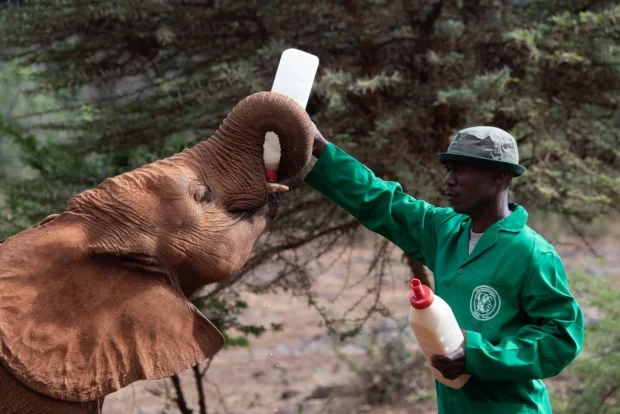
In the markets like Maasai Market, artisans sell colorful beadwork, wooden carvings, and bright fabrics. Haggling here feels like a dance-sometimes slow, sometimes quick-and you might leave with a treasure wrapped in smiles. The City Market is another spot for fresh fruit and vegetables, where the sellers shout friendly greetings that invite you in.
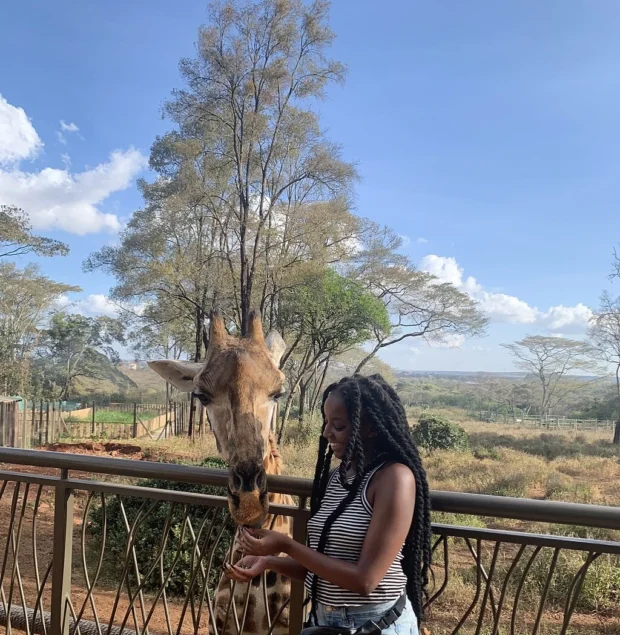
The Pulse of Nairobi in Transport and Neighborhoods
Getting from Jomo Kenyatta International Airport to the city center is easy on the new express train; it’s smooth and gives a glimpse of Nairobi’s growing skyline. Inside the city, matatus-small buses painted with wild, bright designs-make daily trips. They might seem chaotic but are a favorite for locals and give a real taste of Nairobi life. Riding one, you’ll hear music blasting and conversations mixing like a live radio show. For a calmer pace, walking through neighborhoods like Westlands or Lavington shows leafy streets with cafés and small art galleries.
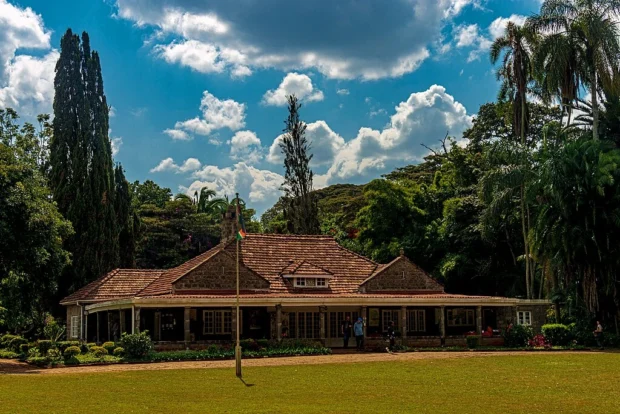
When choosing a place to stay, consider somewhere close to these lively areas or the quieter suburbs for a gentle retreat after busy days. Nairobi has options from guesthouses with warm hosts to simple apartments that offer a welcome rest.
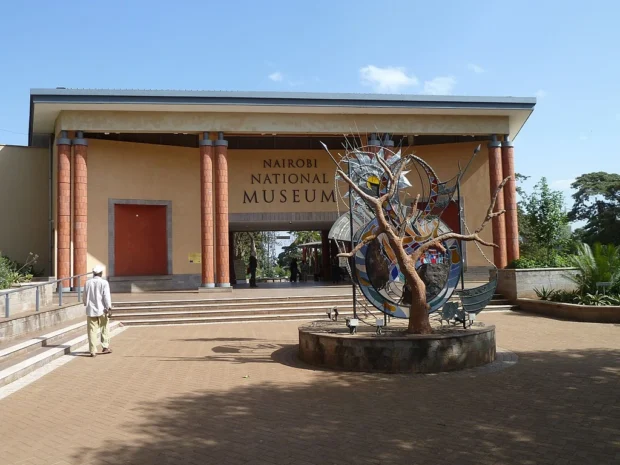
The Delicious Faces of Nairobi’s Food
Food in Nairobi bursts with flavor and history. In the district of Gikambura, you will taste nyama choma-grilled meat slow-cooked over charcoal, often shared with friends. Ask for ugali, a thick cornmeal side dish, to scoop up the meats and sauces. Street food stalls offer samosas stuffed with beef or vegetables, perfect for a quick snack while watching the world pass by.
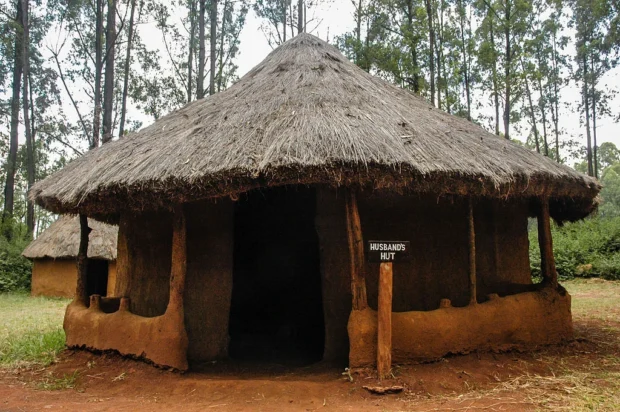
For a different flavor, visit eateries serving sukuma wiki, a green vegetable dish usually cooked with onions and tomatoes, a daily favorite. And do try the chai, a strong tea brewed with milk and spices, which warms you even when the Nairobi sun shines bright. Dining here is not just about food but a social event-people gather, laugh, and talk as much as they eat.
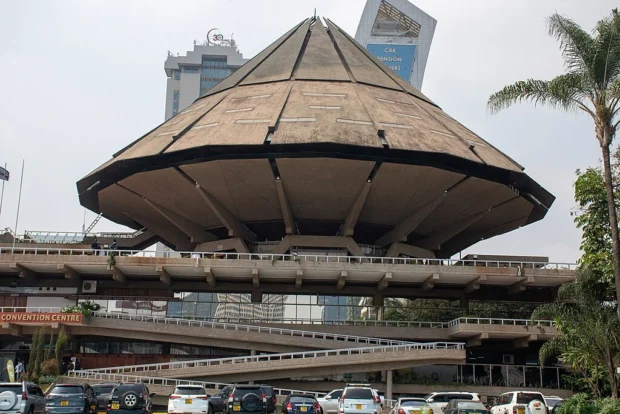
The Rhythm of Nairobi’s Culture and Customs
Nairobi’s culture is a rich tapestry woven from many ethnic groups living side by side. Swahili greetings like “Jambo” or “Habari” open doors to conversations. One thing to remember-Kenyan people value respect deeply. For new visitors, a polite greeting and a calm, friendly tone go a long way. Avoid talking loudly about politics on first meetings; better to focus on music, food, or the beautiful landscapes.
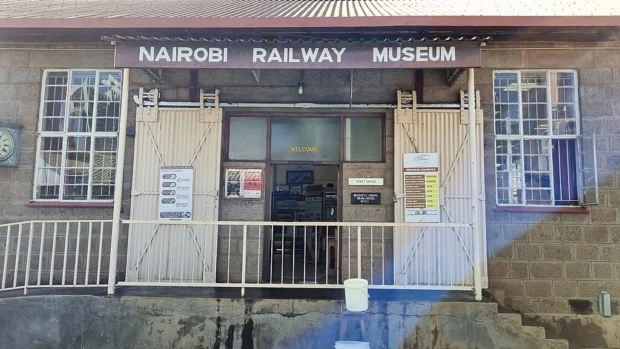
A wonderful local custom is the “harambee” spirit, meaning “pulling together” for a common goal. You might hear about this during community festivals or market days when everyone helps out. Also, dress modestly especially when visiting religious places to show respect for traditions.
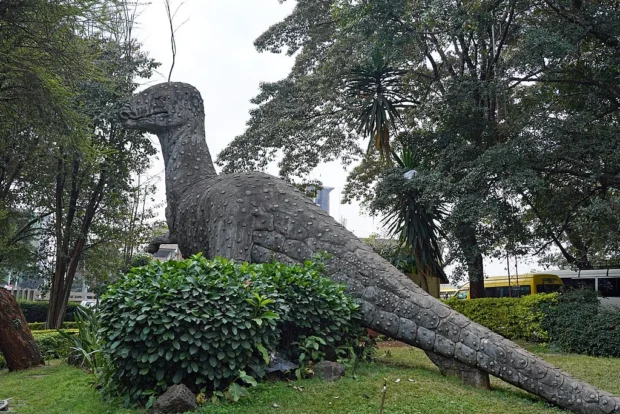
Stories in Every Corner and Whispered History
While walking near the old railway station, I met an elder who told me about the “Lunatic Express,” the nickname for Kenya’s first railway line built a century ago. Workers faced tough conditions then, and the tracks brought many people and goods, shaping Nairobi into a hub. Urban legends speak of hidden tunnels beneath the city, though no one quite knows where they might lead. Maybe these stories are just old jokes, or maybe they carry some truth-only time and curiosity will tell.
One day, sitting in a small café, I watched children play a traditional drum dance called “ngoma.” The drumbeat told stories without words, connecting present to past. This rhythm can be felt everywhere in Nairobi-through music, markets, or the footsteps of its people.
Practical Tips and Friendly Advice for Nairobi Visits
When moving around Nairobi, try to use matatus or the train for a local feel, and remember to keep your belongings close, as busy places attract pickpockets. Carry some cash in small bills; many market sellers prefer it. Don’t rush meals-Kenyan dining is a chance to relax and meet new friends. And if someone invites you for tea or food, accept politely; sharing food is a sign of friendship here.
The air in Nairobi can change from hot midday sun to cool evenings quickly, so packing a light jacket is smart. Also, check the calendar-a city festival, maybe a music or craft fair, could offer a special glimpse into Nairobi’s heartbeat.
Final Thoughts on Nairobi’s Many Faces
Nairobi is not just a city but a storybook of lives, cultures, and dreams all mixed into one place. It is a place where nature and urban life meet in surprising ways, where everyday is busy but also full of moments to pause and reflect. Whether you stay in a quiet neighborhood or dive into a lively market, Nairobi welcomes you with open arms and many stories, ready to share if you listen closely.
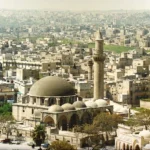
Traveler exploring cultural intersections, sharing reflections on similarities and differences between traditions, lifestyles, and food.
- Nairobi's Central Business District Landmark Skyscrapers. by Tall Black on Wikimedia Commons – cc by-sa 4.0
- Nairobi National Park, Kenya (16050) by Cactus0625 on Wikimedia Commons – cc by-sa 4.0
- Betty a giraffe at Giraffe center Nairobi with a happy tourist by Mlisa15 on Wikimedia Commons – cc by-sa 4.0
- Karen Blixen House and Museum, Nairobi, KE by Daniel Case on Wikimedia Commons – cc by-sa 4.0
- Nairobi National Museum – panoramio by Toppazz on Wikimedia Commons – cc by 3.0
- Lukya village 03 by Alexander Leisser on Wikimedia Commons – cc by-sa 4.0
- Kenyatta International Convention Centre – BugWarp (5) by BugWarp on Wikimedia Commons – cc by-sa 4.0
- Nairobi Railway Museum reception entrance by Sam Wilson (taken with Samsung Galaxy S21 FE 5G) on Wikimedia Commons – cc by-sa 4.0
- Nairobi National Museum dinosaur statue by Ethmostigmus on Wikimedia Commons – cc by-sa 4.0
